In the realm of pool maintenance, achieving a safe and comfortable environment for swimmers is paramount. The ABCs of Pool Water Balancing: Achieving a Safe and Comfortable Environment entails a delicate equilibrium of various factors to ensure that your pool water remains clean, clear, and inviting. Let’s delve into the fundamentals of pool water balancing and discover how to maintain an optimal swimming environment for everyone to enjoy.
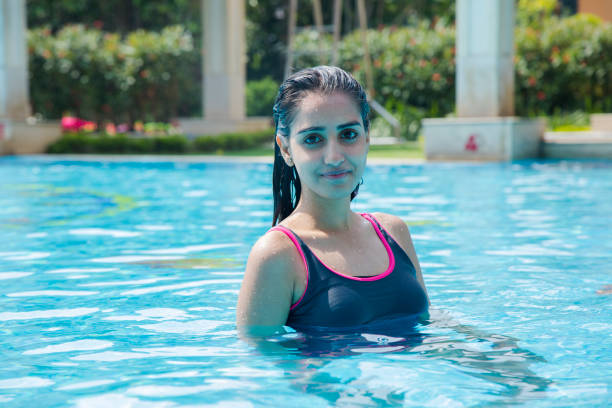
A – Alkalinity: One of the fundamental aspects of pool water balancing is maintaining the proper alkalinity levels. Alkalinity acts as a buffer, helping to stabilize pH levels and prevent rapid fluctuations. When alkalinity levels are within the recommended range (typically between 80 and 120 parts per million), it helps to maintain the pH balance of the water, ensuring that it remains comfortable for swimmers and does not cause irritation to the skin and eyes.
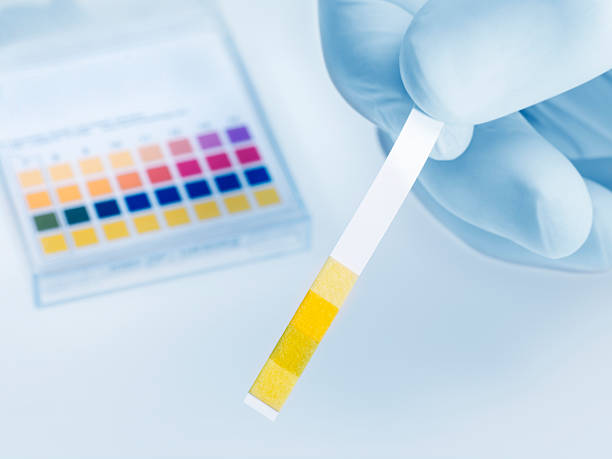
B – pH Balance: pH balance is another critical factor in pool water maintenance. The pH scale measures the acidity or alkalinity of the water, with the ideal range for pool water typically falling between 7.2 and 7.6. Maintaining the proper pH balance is essential for several reasons. Firstly, it helps to ensure that chlorine, the primary disinfectant used in pools, remains effective. Additionally, maintaining the correct pH level contributes to water clarity and prevents corrosion of pool equipment.
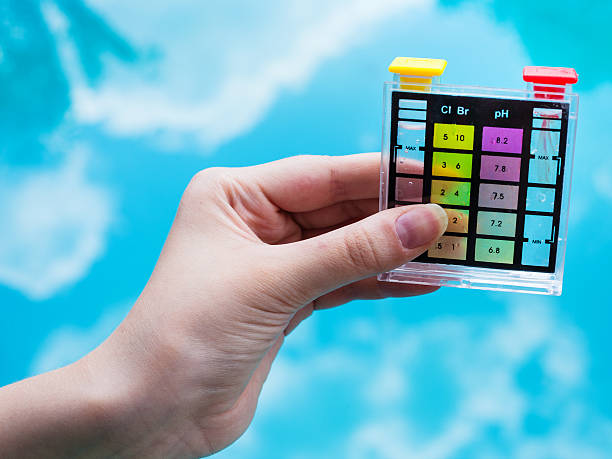
C – Chlorine Levels: Chlorine plays a vital role in keeping pool water clean and free of harmful bacteria and contaminants. However, maintaining the appropriate chlorine levels is crucial to avoid issues such as eye irritation, skin dryness, and the formation of chloramines, which can cause an unpleasant odor. Regular testing of chlorine levels and the addition of chlorine as needed is essential for maintaining a safe and comfortable swimming environment.
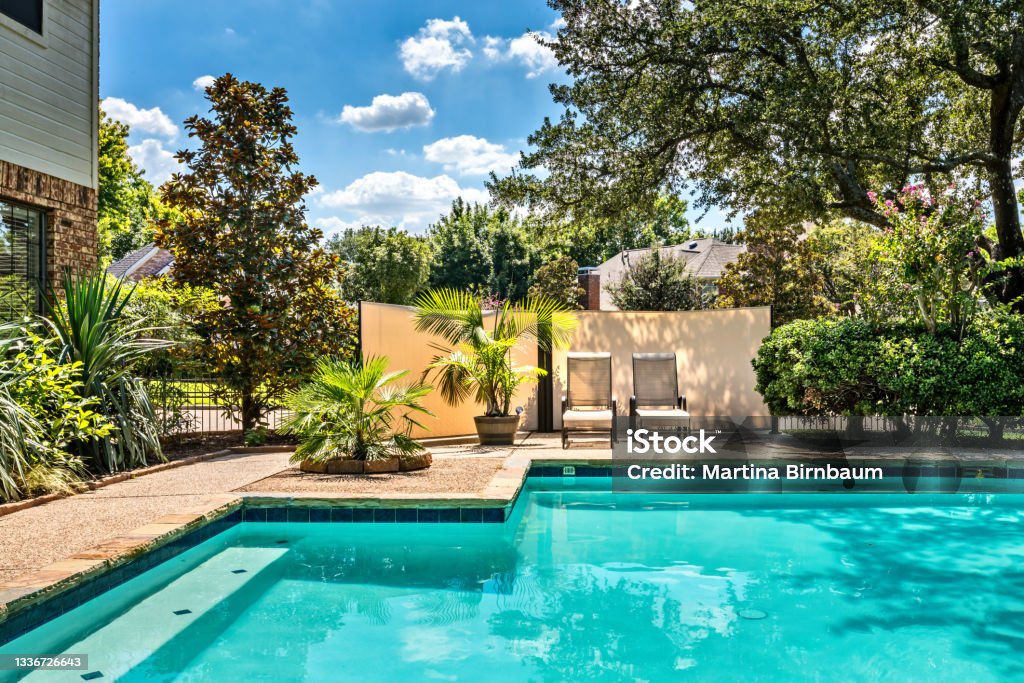
D – Diligent Testing: Regular testing of pool water is essential to ensure that all aspects of water balance are maintained within the optimal range. Testing kits are readily available and provide accurate measurements of pH, alkalinity, chlorine, and other essential parameters. By testing the water at least once a week, pool owners can identify any imbalances or issues promptly and take corrective action to maintain water quality.
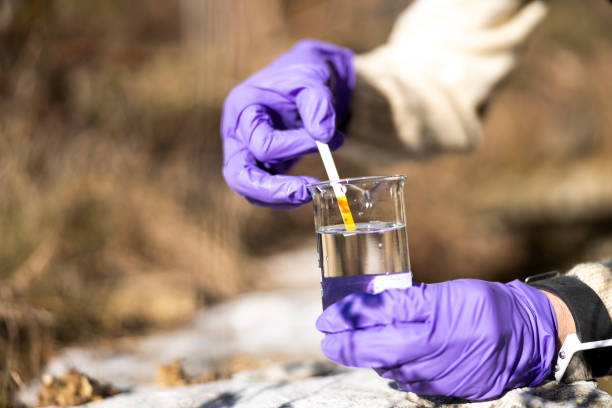
E – Equipment Maintenance: Proper maintenance of pool equipment is also crucial for achieving a safe and comfortable swimming environment. Filters, pumps, and skimmers should be regularly inspected and cleaned to ensure they are functioning correctly. Additionally, ensuring proper circulation and filtration of the water helps to prevent the buildup of debris and algae, contributing to water clarity and quality.
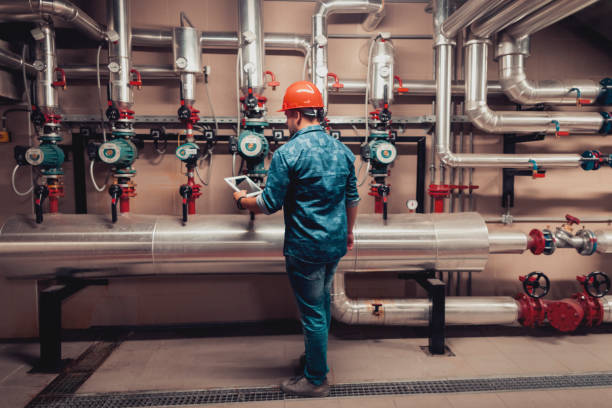
F – Flocculation: In cases where pool water becomes cloudy due to suspended particles, flocculation can be used to clarify the water. Flocculants cause particles to clump together, making them easier to remove through filtration. However, it’s essential to follow the manufacturer’s instructions carefully when using flocculants to avoid over-treatment, which can lead to clogged filters or other issues.
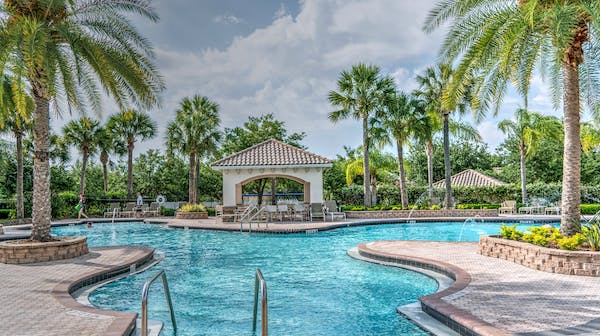
G – Good Hygiene Practices: Encouraging swimmers to practice good hygiene can also contribute to a safer and more comfortable swimming environment. Showering before entering the pool helps to remove sweat, oils, and other contaminants from the skin, reducing the burden on the pool’s disinfection system. Additionally, encouraging swimmers to take regular bathroom breaks can help prevent the introduction of contaminants into the pool water.

H – Humidity Control: Proper humidity control is essential for indoor pool environments to prevent issues such as mold and mildew growth and corrosion of building materials. Dehumidification systems help to regulate humidity levels, creating a more comfortable and healthy indoor environment for swimmers and reducing the risk of damage to the pool facility.
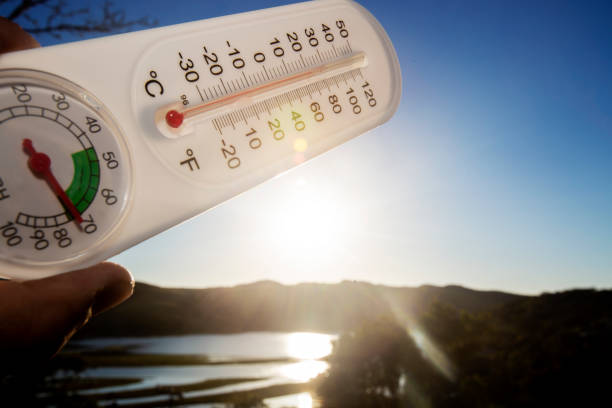
I – Inspections and Compliance: Regular inspections of pool facilities by qualified professionals are essential to ensure compliance with safety and health regulations. Inspections may include checks of water quality, equipment functionality, and adherence to safety guidelines. By staying proactive and addressing any issues promptly, pool owners can maintain a safe and comfortable swimming environment for all patrons.
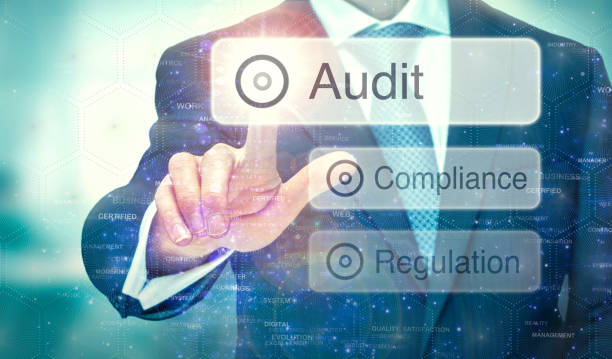
In conclusion, achieving the ABCs of Pool Water Balancing: Achieving a Safe and Comfortable Environment requires careful attention to various factors, including alkalinity, pH balance, chlorine levels, diligent testing, equipment maintenance, flocculation, good hygiene practices, humidity control, and inspections. By prioritizing these aspects of pool maintenance, pool owners can create a welcoming and enjoyable swimming environment for everyone to enjoy. Remember, a well-balanced pool not only enhances the swimming experience but also promotes safety and health for all users.

Reference:
- “Pool Water Chemistry.” Centers for Disease Control and Prevention, https://www.cdc.gov/healthywater/swimming/swimmers/pool-chemistry.html. Accessed 1 March 2024.
- “Pool Water Chemistry: Pool Chemistry Basics.” Water Quality & Health Council, https://www.waterandhealth.org/pool-chemistry/pool-chemistry-basics/. Accessed 1 March 2024.
- “Swimming Pool Chemicals Guide: The Basics.” Swim University, https://www.swimuniversity.com/pool-chemicals-guide/. Accessed 1 March 2024.
- “Pool Maintenance 101: Everything You Need to Know.” Aqua-Blue Pools, https://aqua-bluepools.com/pool-maintenance-101-everything-you-need-to-know/. Accessed 1 March 2024.

Your article helped me a lot, is there any more related content? Thanks!
Can you be more specific about the content of your article? After reading it, I still have some doubts. Hope you can help me.
Thanks for sharing. I read many of your blog posts, cool, your blog is very good.
Your point of view caught my eye and was very interesting. Thanks. I have a question for you.
Thanks for sharing. I read many of your blog posts, cool, your blog is very good.
Can you be more specific about the content of your article? After reading it, I still have some doubts. Hope you can help me.
Thanks for sharing. I read many of your blog posts, cool, your blog is very good.
Your article helped me a lot, is there any more related content? Thanks!
Your point of view caught my eye and was very interesting. Thanks. I have a question for you.
Can you be more specific about the content of your article? After reading it, I still have some doubts. Hope you can help me.
Your point of view caught my eye and was very interesting. Thanks. I have a question for you.
I don’t think the title of your article matches the content lol. Just kidding, mainly because I had some doubts after reading the article.
Thank you for your sharing. I am worried that I lack creative ideas. It is your article that makes me full of hope. Thank you. But, I have a question, can you help me?
Thanks for sharing. I read many of your blog posts, cool, your blog is very good.
I don’t think the title of your article matches the content lol. Just kidding, mainly because I had some doubts after reading the article.
I don’t think the title of your article matches the content lol. Just kidding, mainly because I had some doubts after reading the article.
I don’t think the title of your article matches the content lol. Just kidding, mainly because I had some doubts after reading the article.
Thank you for your sharing. I am worried that I lack creative ideas. It is your article that makes me full of hope. Thank you. But, I have a question, can you help me?
**mindvault**
mindvault is a premium cognitive support formula created for adults 45+. It’s thoughtfully designed to help maintain clear thinking
Thanks for sharing. I read many of your blog posts, cool, your blog is very good.
**sugarmute**
sugarmute is a science-guided nutritional supplement created to help maintain balanced blood sugar while supporting steady energy and mental clarity.
**gl pro**
gl pro is a natural dietary supplement designed to promote balanced blood sugar levels and curb sugar cravings.
**prostadine**
prostadine is a next-generation prostate support formula designed to help maintain, restore, and enhance optimal male prostate performance.
**prodentim**
prodentim an advanced probiotic formulation designed to support exceptional oral hygiene while fortifying teeth and gums.
**nitric boost**
nitric boost is a dietary formula crafted to enhance vitality and promote overall well-being.
**glucore**
glucore is a nutritional supplement that is given to patients daily to assist in maintaining healthy blood sugar and metabolic rates.
**vitta burn**
vitta burn is a liquid dietary supplement formulated to support healthy weight reduction by increasing metabolic rate, reducing hunger, and promoting fat loss.
**synaptigen**
synaptigen is a next-generation brain support supplement that blends natural nootropics, adaptogens
**mitolyn**
mitolyn a nature-inspired supplement crafted to elevate metabolic activity and support sustainable weight management.
**zencortex**
zencortex contains only the natural ingredients that are effective in supporting incredible hearing naturally.
**yu sleep**
yusleep is a gentle, nano-enhanced nightly blend designed to help you drift off quickly, stay asleep longer, and wake feeling clear.
**wildgut**
wildgutis a precision-crafted nutritional blend designed to nurture your dog’s digestive tract.
**breathe**
breathe is a plant-powered tincture crafted to promote lung performance and enhance your breathing quality.
**energeia**
energeia is the first and only recipe that targets the root cause of stubborn belly fat and Deadly visceral fat.
**pinealxt**
pinealxt is a revolutionary supplement that promotes proper pineal gland function and energy levels to support healthy body function.
**boostaro**
boostaro is a specially crafted dietary supplement for men who want to elevate their overall health and vitality.
**prostabliss**
prostabliss is a carefully developed dietary formula aimed at nurturing prostate vitality and improving urinary comfort.
**potent stream**
potent stream is engineered to promote prostate well-being by counteracting the residue that can build up from hard-water minerals within the urinary tract.
**hepato burn**
hepato burn is a premium nutritional formula designed to enhance liver function, boost metabolism, and support natural fat breakdown.
**hepatoburn**
hepatoburn is a potent, plant-based formula created to promote optimal liver performance and naturally stimulate fat-burning mechanisms.
**flow force max**
flow force max delivers a forward-thinking, plant-focused way to support prostate health—while also helping maintain everyday energy, libido, and overall vitality.
**prodentim**
prodentim is a forward-thinking oral wellness blend crafted to nurture and maintain a balanced mouth microbiome.
**cellufend**
cellufend is a natural supplement developed to support balanced blood sugar levels through a blend of botanical extracts and essential nutrients.
**revitag**
revitag is a daily skin-support formula created to promote a healthy complexion and visibly diminish the appearance of skin tags.
**neuro genica**
neuro genica is a dietary supplement formulated to support nerve health and ease discomfort associated with neuropathy.
**sleep lean**
sleeplean is a US-trusted, naturally focused nighttime support formula that helps your body burn fat while you rest.
Your point of view caught my eye and was very interesting. Thanks. I have a question for you.
Your article helped me a lot, is there any more related content? Thanks!